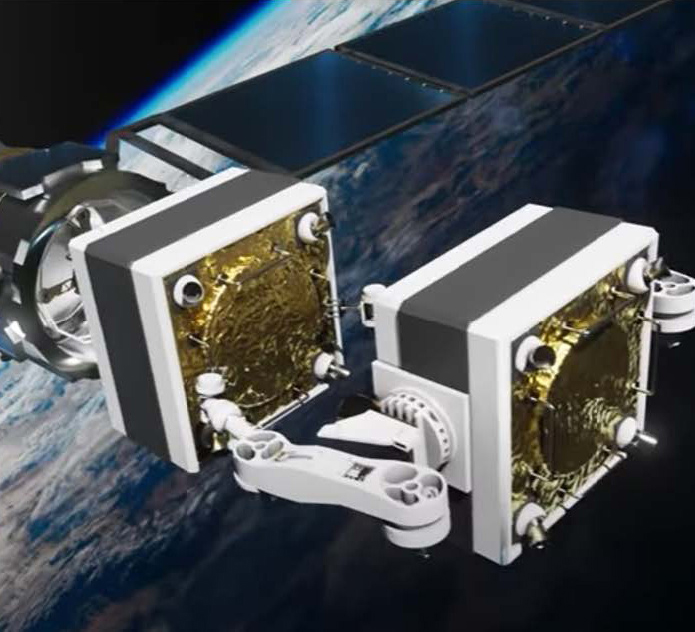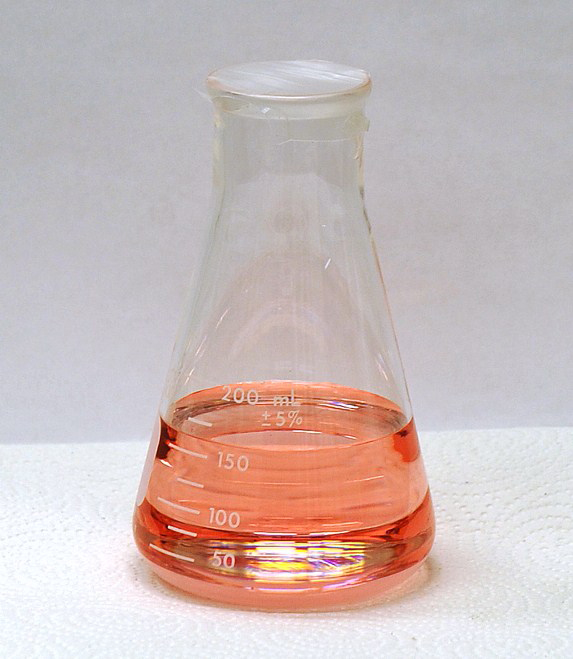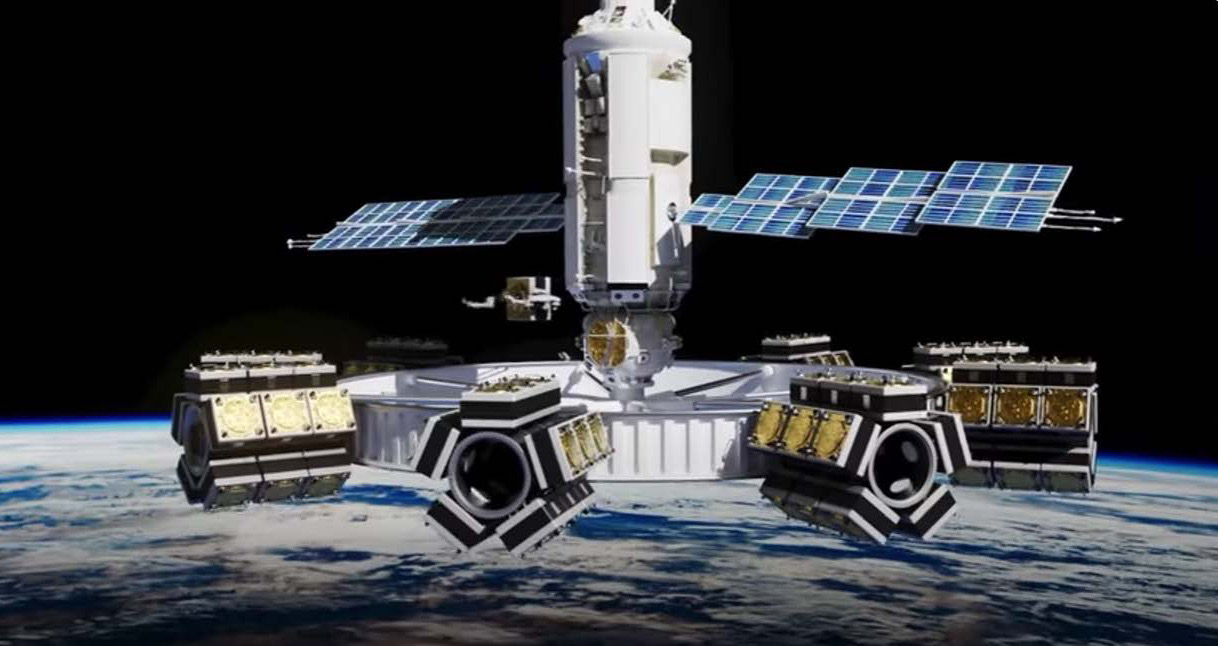MODPROP
MODULAR PROPULSION – 1 TANK, 1 PROPELLANT, 2 CAPABILITIES

ModProp resupply for satellite propulsion (artists concept) – Credit: AFRL
WHAT IS IT?
Modular Propulsion (ModProp) will enable U.S. Space Force and U.S. Space Command to perform Sustained Maneuver operations, Tactically Responsive Space (TacRS), and Space Mobility and Logistics (SM&L) across the Space Domain. Though ModProp is propellant and propulsion agnostic, AFRL’s approach is called Propulsion Unit for Modular Applications (PUMA) and is centered around the AFRL developed Advanced Spacecraft Energetic Non-Toxic (ASCENT) propellant, also known as AFM315E. Modular propulsion technology eliminates integration constraints by establishing standard interfaces and model-based systems engineering for rapid space vehicle and launch vehicle integration, on-orbit refueling, and propulsion system upgrade.
ModProp overcomes acquisition and transition barriers, as part of the modular ecosystem envisioned by In-space Assembly and Manufacturing (ISAM). The propulsion unit is a module in a modular spacecraft architecture with a standard interface. Refueling onorbit is accomplished by swapping out a fresh module with the empty module which can be refueled and retasked. The next life limiter is the thrusters themselves which can now be replaced. In addition, new propulsion technology can even be incorporated into a spacecraft because of the modular approach enabling upgrading the propulsion unit once on orbit. It also streamlines ground integration and on-orbit mobility & logistics architectures. The approach commoditizes the propulsion system vs current customized and stove-piped propulsion approach.
KEY BENEFITS RELATIVE TO HYDRAZINE
- Increased propulsion-system delivered capability
- Standardized mechanical and electrical interfaces for spacecraft integration
- Standardized refueling interface and propellant for satellite system architectures
- Enables responsive launch
- Enables sustained maneuver
- Provides refuel capability via depot/servicer or “direct inject”
- Provides for replaceability of failed/worn thrusters
- Provides for upgrade of thruster module for new capability/repurpose
- Propulsion module for modular “minimaneuver enhancement vehicle”
- Reduced ground operations effort
- Accelerated Spacecraft Assembly
- Integration and Test (AI&T)
- Accelerated spacecraft fueling
- Decreased personnel
- Decreased equipment overhead
- Accelerated spacecraft fueling
ASCENT DIFFERENTIATED THROUGH DELIVERED PERFORMANCE
Similar to hydrazine, ASCENT monopropellants are decomposed by a reactor-based thruster to produce high temperature and velocity gas. Like hydrazine, the reactor requires a minimum preheat temperature to ensure reaction. ASCENT differentiates itself from hydrazine through:
- Significantly higher delivered performance
- Greatly reduced hazards
First, ASCENT’s high density results in great volumetric efficiency resulting in greater delivered velocity impulse from similarly sized systems or ability to use smaller systems with equal delivered velocity impulse. It provides flexibility we have not had in more than 50 years. Secondly, ASCENT’s reduced hazards reduce required crew training, size, and personal protective equipment. Space vehicle fuel loading operations are significantly simplified and can be done without shutting down launch preparations, greatly accelerating launch operations and launch site throughput. ASCENT is class 1.3C DoT with Class 1.4 for shipping.
Using ASCENT allows the space vehicle to be fueled at any point from manufacturer to launch site without having to shut down launch operations as done during recent VICTUS NOX (22 hours to fuel because it used highly toxic hydrazine). ASCENT also reduces co-manifest challenges through reduced physical risk to other satellites, reduced launch schedule risk, and compatibility with commercial off-the-shelf (COTS) storage materials.

Close-up of the ASCENT propellant. Photo Credit: R. Fair/Media Fusion
SUMMARY
ModProp and ASCENT provide Space Force and US Space Command a level of flexibility, adaptability and capability they have never had. Together they enable sustained maneuver across the space domain.

ModProp resupply for satellite propulsion (artists concept) Credit: AFRL
CLICK HERE for more information about ASCENT.
